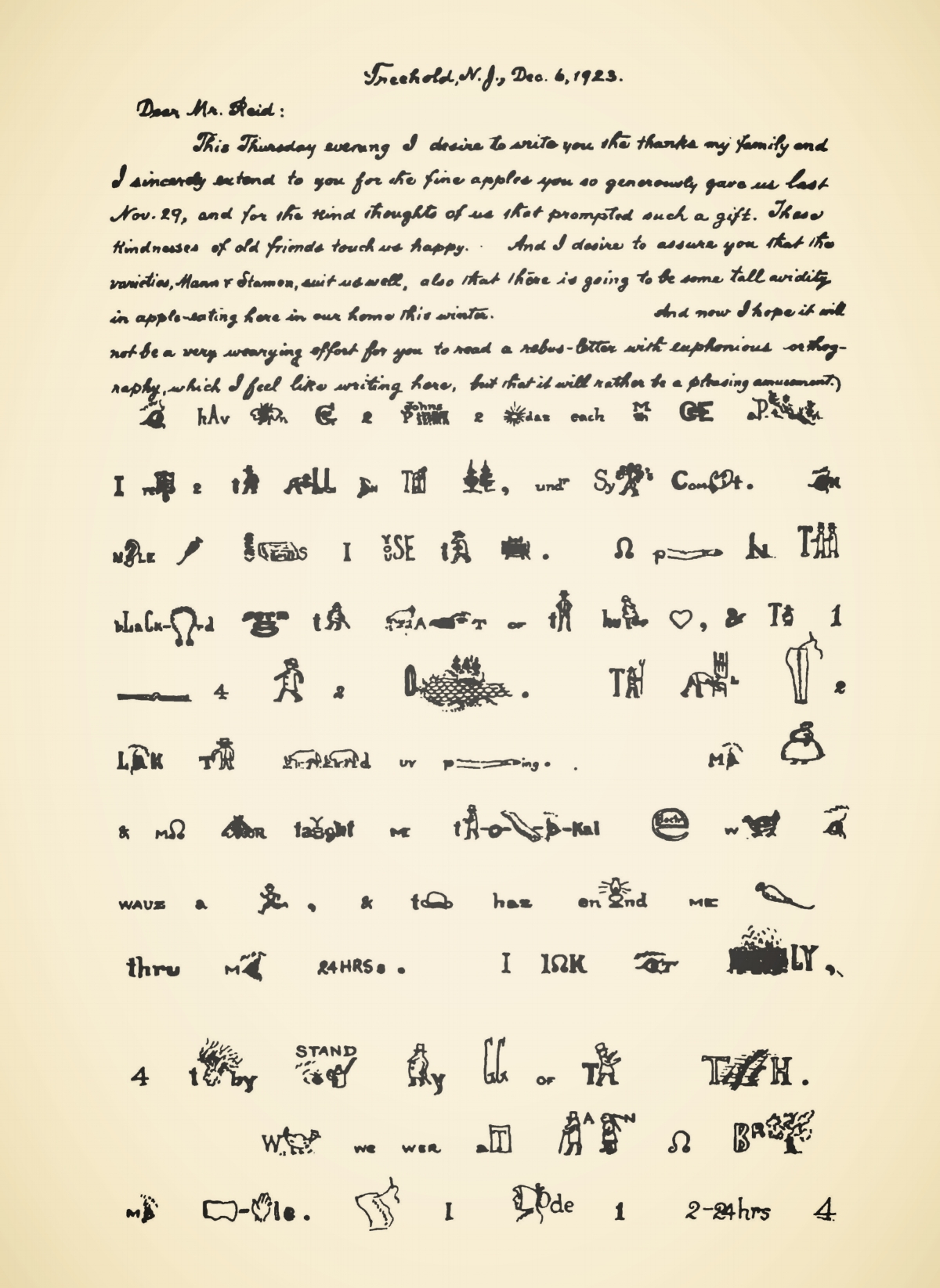(Receive our blog posts in your email by clicking here. If the author links in this post are broken, please visit our Free PDF Library and click on the author’s page directly.)
Almost 120 years ago, on June 14, 1900, Presbyterians assembled at the Old Scots Burying Ground in Marlboro Township, New Jersey and at the nearby Old Tennent Church for the unveiling of the “Presbyterian Historical Monument,” built near the place of John Boyd’s burial to commemorate the first first Presbytery in America. The details of this event can be found in the 2nd (1904) edition of Frank R. Symmes, History of the Old Tennent Church.
The “Presbyterian Historical Monument” at the Old Scots Burying Ground, Marlboro, New Jersey.
Addresses were given by several ministers and others, among whom was Parke Poindexter Flournoy, who spoke on the topic of “Presbyterians Before First Presbytery.” We have touched on this chapter of history before in a previous post titled The First Hundred Years of American Presbyterian History. Rev. Flournoy’s address was reprinted in the July 11, 1900 issue of The Central Presbyterian, and it has been added to his page on Log College Press recently.
His address, which is not lengthy, focuses on two ministers (Francis Doughty, Jr. and Matthew Hill) and three ruling elders (William Durand, Nianian Beall, and William Stevens). These are pioneers of American Presbyterianism that student of church history should know, although there are gaps in our knowledge of the details of their lives. Flournoy gives credit to Charles Augustus Briggs for the invaluable historical research he did in bringing to light, for example, Matthew Hill’s correspondence with Richard Baxter, adding that “Before Dr. Briggs took another path, he was a most efficient investigator of the facts of early American Presbyterianism.” Doughty and Hill predate the arrival of Francis Makemie, who is known to history as “the Father of American Presbyterianism” and, in fact, helped pave the way for his successful labors along the East Coast, and specifically, on the Eastern Shore of Virginia and Maryland.
Flournoy tells us in his concluding remarks:
… we have seen that there were Presbyterians before the first Presbytery; and I would claim the unseen foundation stones beneath the soil as the memorial of the long unknown, and still but little known, ministers, ruling ciders and good people who laid the foundation on which the first Presbytery was builded — for Francis Doughty and Matthew Hill, the faithful and earnest ministers; for William Durand, Ninian Beall and William Stevens, the ruling | elders; and for the “loving and willing people” of whom Hill tells, and for those companies of French [Huguenots, or] Presbyterians, the fellow-countrymen of Calvin, among whom were my own ancestors, who endeared such cruelties on the blood-stained soil of France, and contributed so largely to the establishment of civil and religious liberty in free America.
Take time to read this 120 year-old address by Parke P. Flournoy and learn more about the early American Presbyterian pioneers who helped lay the foundation for America’s first Presbytery in 1706.




